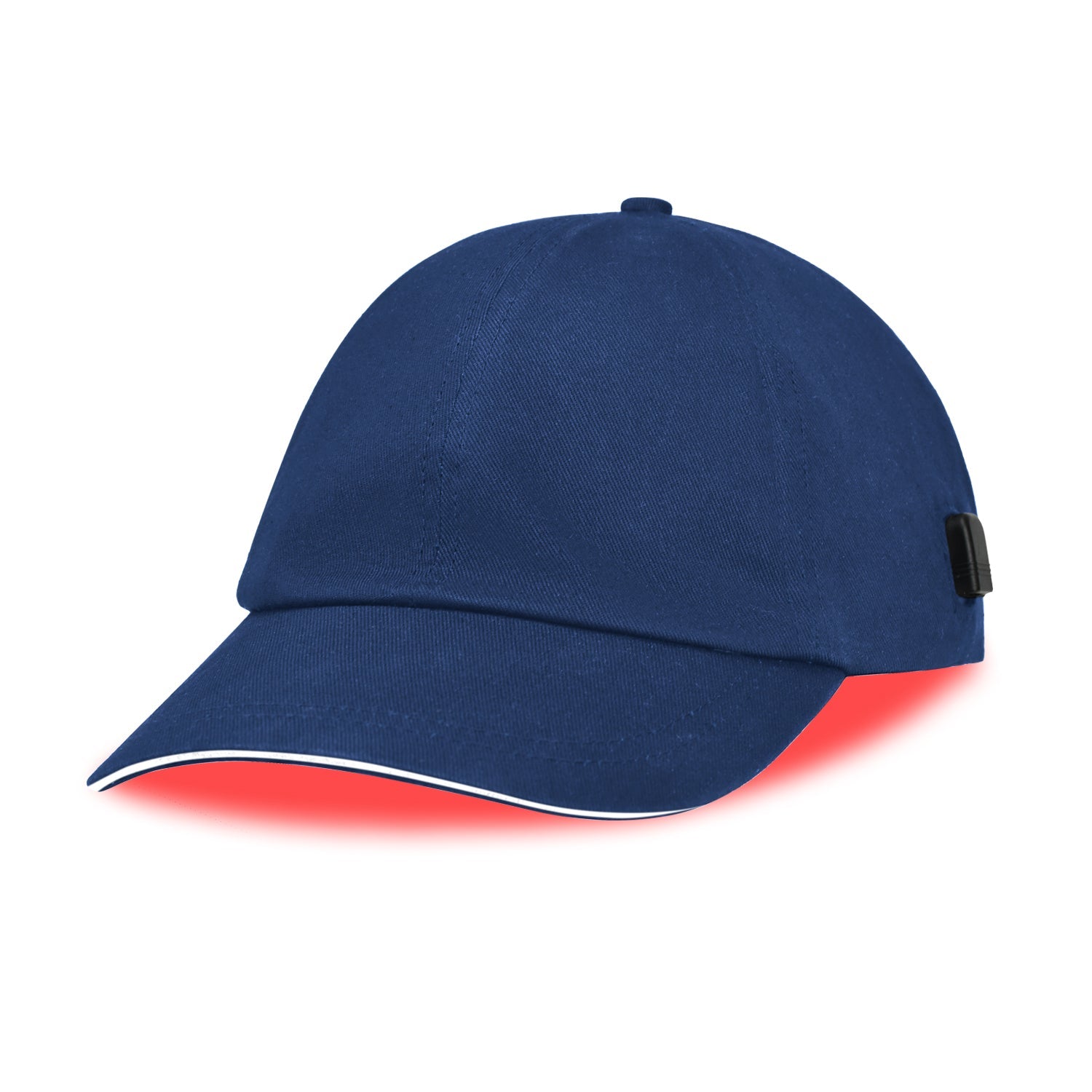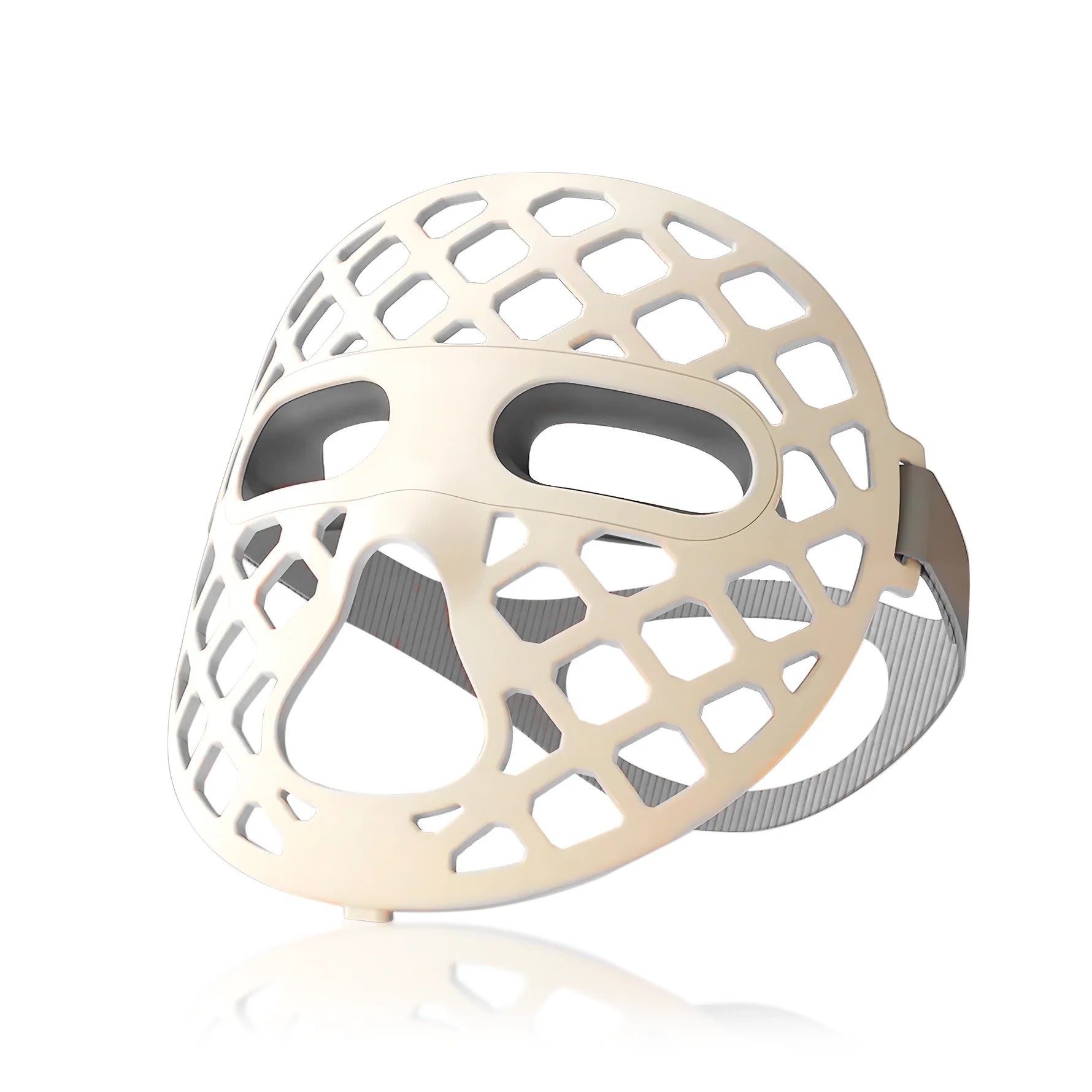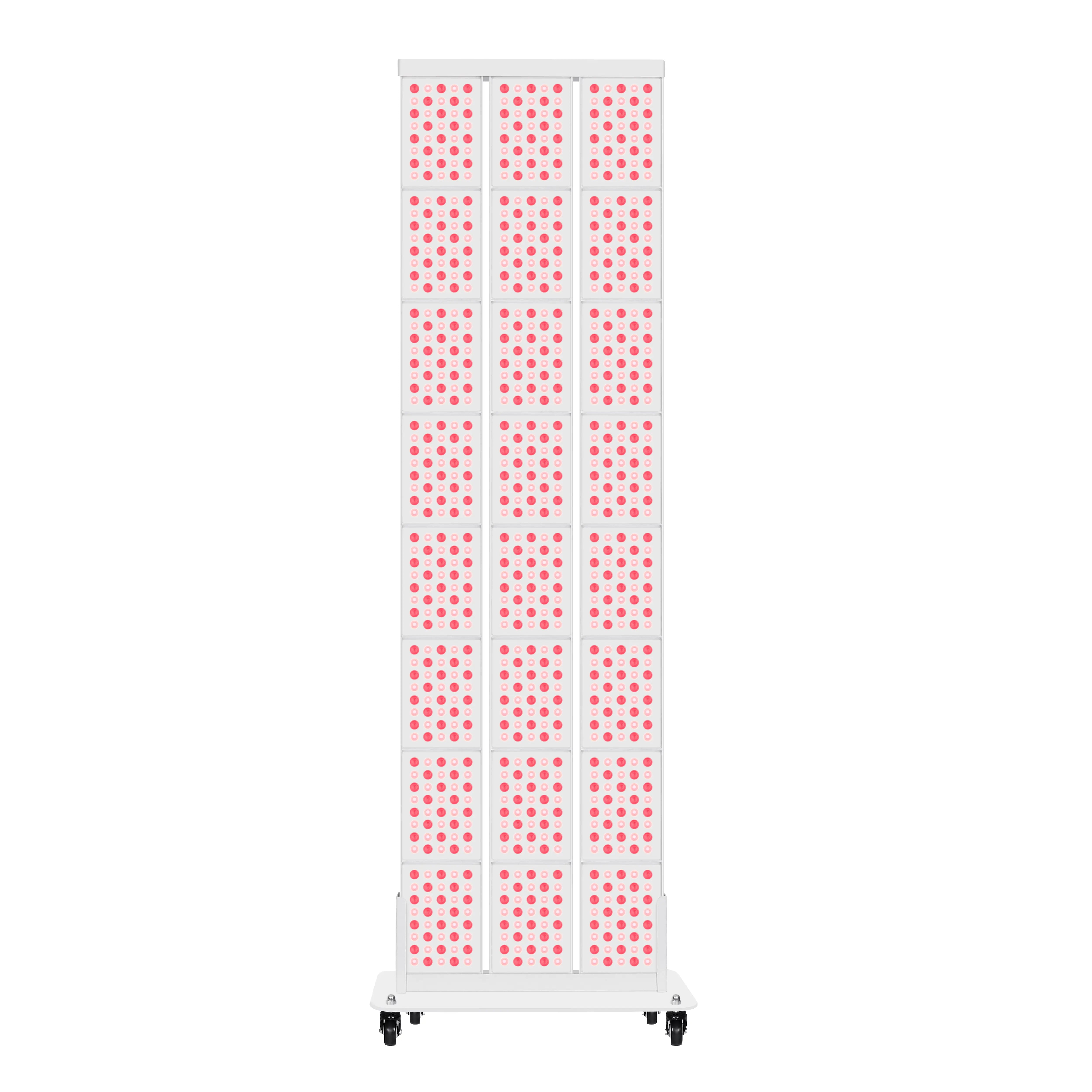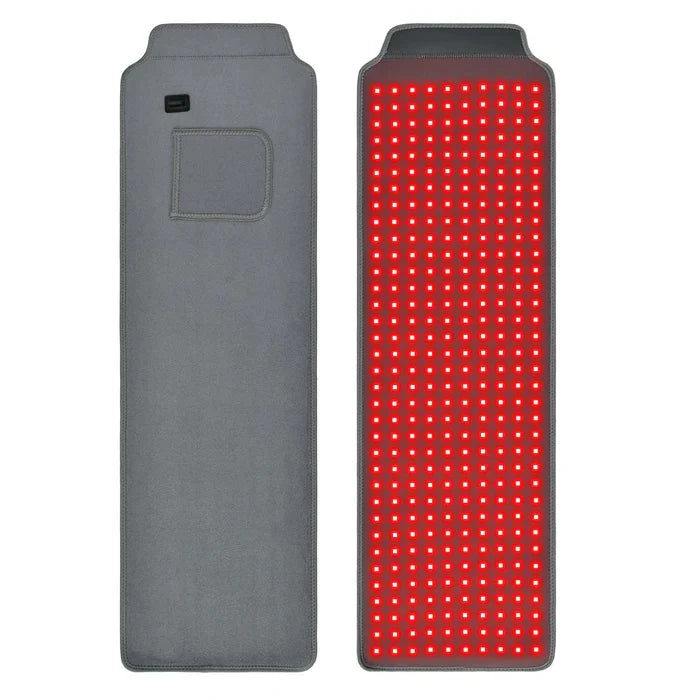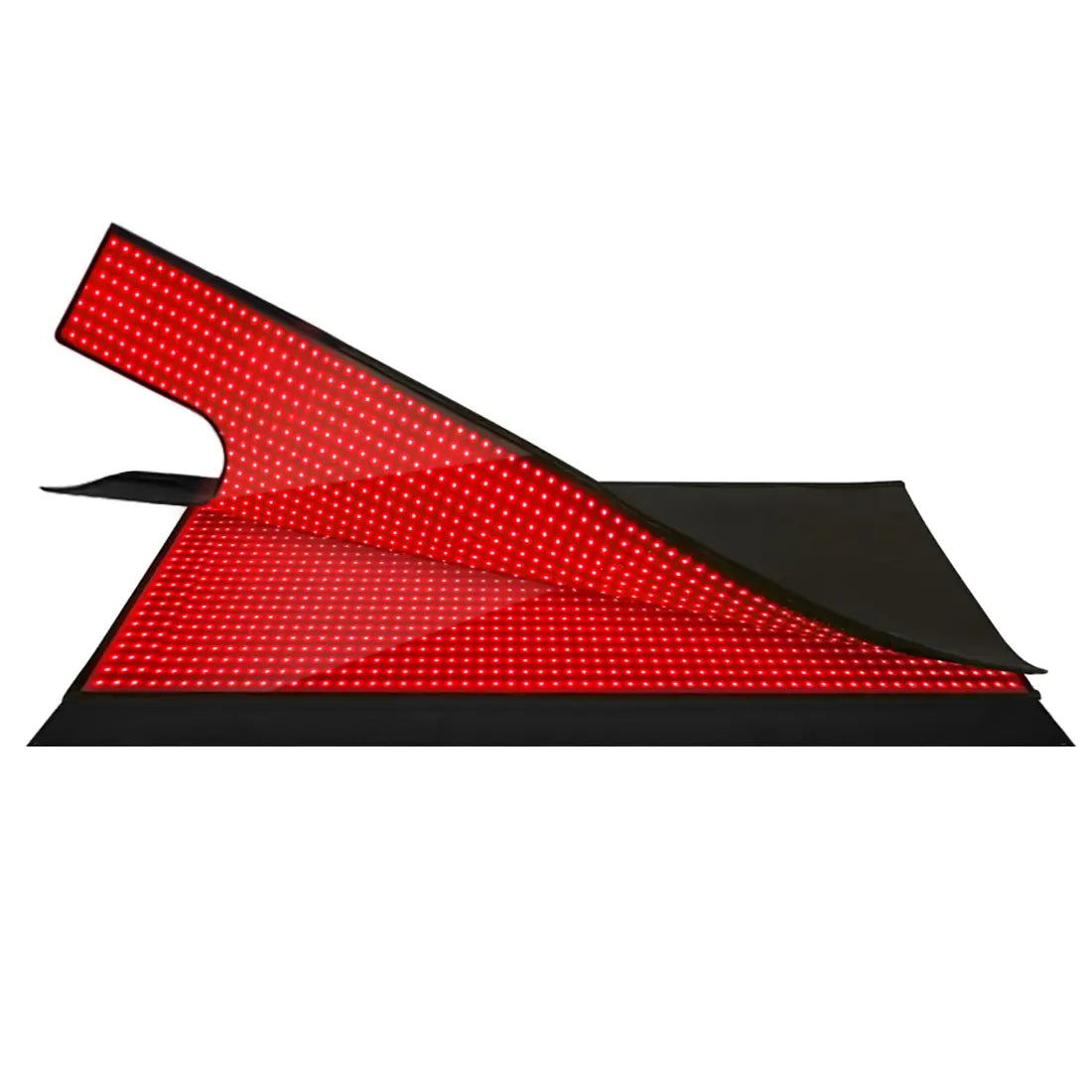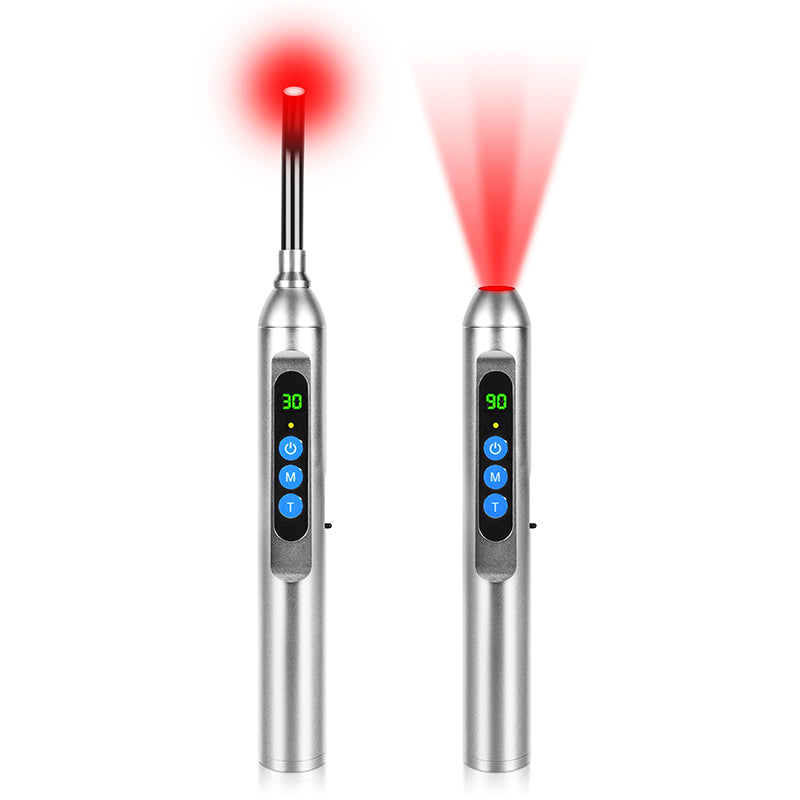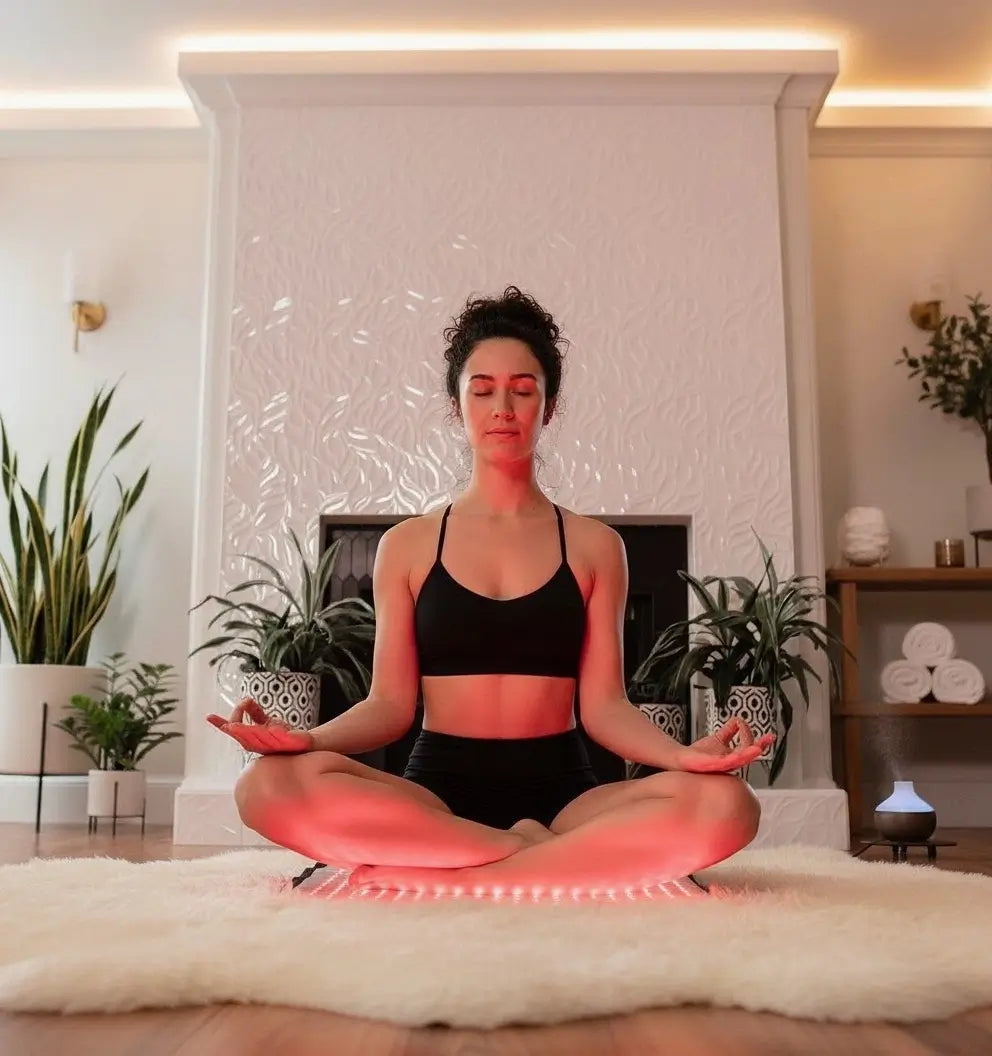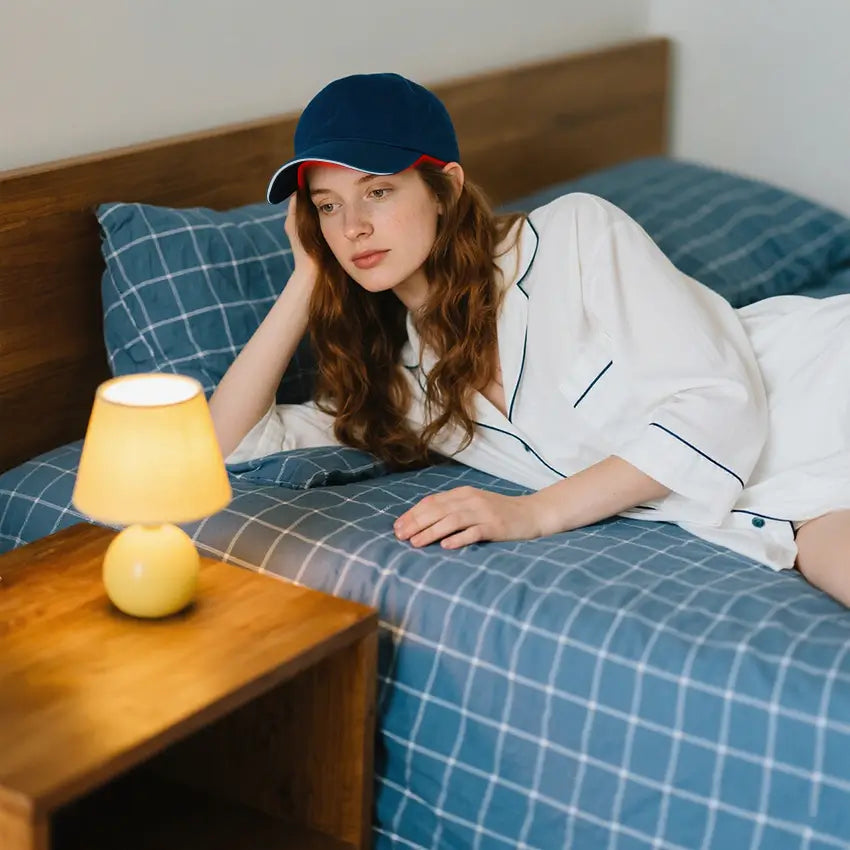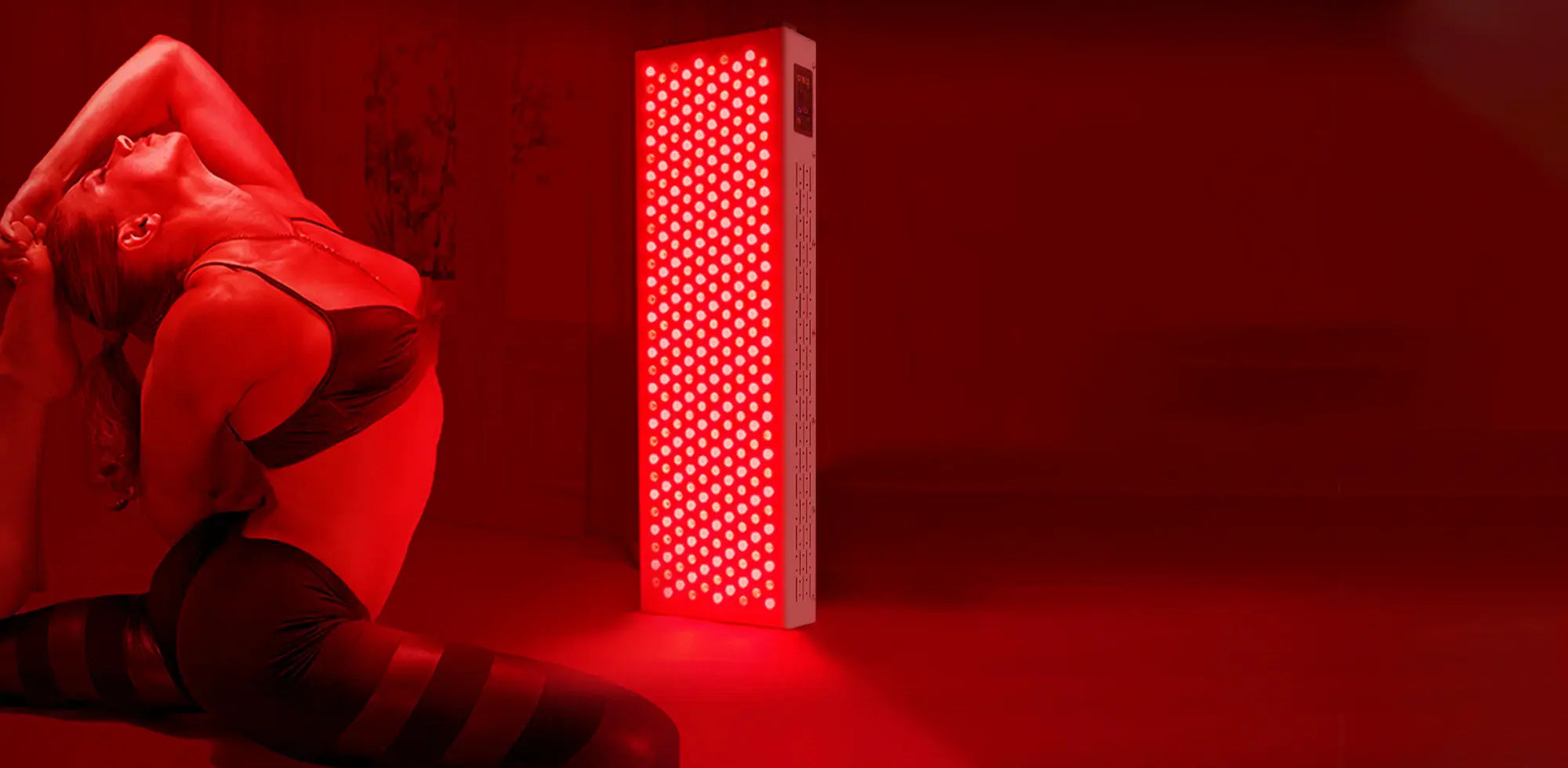You've seen the buzz around at-home wellness, and the red light therapy panel stands out as a powerful, versatile tool. You might have one already, or perhaps you're considering the investment. Either way, you've reached the most important question: "How often do I actually need to use it to see results?"
This is the key to unlocking the benefits. The frequency of your sessions is what separates effective therapy from wasted time. Using your panel correctly ensures you get the full value from your investment, while using it improperly can lead to disappointing results.
This guide provides a straightforward, science-backed approach. We will walk you through the critical factors that determine your ideal schedule and give you clear, actionable recommendations. You will leave with the confidence to create a personalized routine that works for you.
Why Should You Consider a Red Light Therapy Panel?
Before diving into a schedule, it’s helpful to remember why a red light therapy panel is such a sought-after device. Its power lies in its versatility. People use these panels to pursue a wide range of wellness goals, all from a single device. The most common applications include:
- Skin Rejuvenation: Targeting fine lines, wrinkles, and overall skin tone.
- Muscle Recovery: Aiding post-workout recovery, soothing sore muscles, and alleviating shoulder pain.
- Pain Relief: Managing discomfort from chronic conditions like arthritis or joint pain.
- Improved Sleep: Using red light to help regulate the body's natural sleep cycle.
Understanding how often to use a red light therapy panel is the first step toward achieving these goals effectively.

What Factors Influence Your Red Light Therapy Panel's Frequency?
Your ideal schedule isn't a random number; it's a calculated balance of several key factors. Understanding these elements empowers you to move beyond generic advice and tailor a routine that is perfect for your body and your device.
Your Specific Health Goals
The first factor is your primary objective. Are you targeting surface-level issues like skin texture, or are you aiming for deep tissue recovery? A protocol designed to boost collagen in the skin will naturally differ from one designed to soothe a sore knee joint.
Device Power and Intensity (Irradiance)
Irradiance is the single most important technical specification of your red light therapy panel. Measured in mW/cm², it tells you the amount of energy the panel delivers to your body at a specific distance. Higher irradiance means a more potent dose of light in a shorter amount of time. A powerful, clinical-grade device requires less time per session than a weaker one.
Distance from the Panel
Physics plays a crucial role here. The energy you receive from your panel decreases dramatically as you move farther away. This is based on a principle called the Inverse Square Law. A simple way to understand it is that if you double your distance from the panel, you will only receive about one-quarter of the energy.

This is why reputable manufacturers always state their irradiance at a specific distance. Using your red light panel at the recommended distance is critical to receiving the intended therapeutic dose.
Individual Response and Sensitivity
Every person's body is unique. Your age, skin type, overall health, and personal sensitivity to light can all influence how you respond. Some individuals may see results quickly with a standard protocol, while others may need to adjust the frequency or duration to find their sweet spot.
Beam Angles in Red Light Therapy
This is a more advanced technical aspect that separates high-quality panels from basic models. The beam angle determines how focused the light is as it leaves the LED. A narrower beam angle (e.g., 30-60 degrees) concentrates more light energy directly onto your body with less waste, ensuring you get a potent dose even at the proper treatment distance.

How Often Should You Use a Red Light Therapy Panel for Specific Goals?
Here we can break down the general guidelines into more specific protocols based on your primary goal.
| Health Goal | Recommended Frequency | Typical Session Duration | Key Notes |
| Skin Health & Anti-Aging | 4-6 times per week | 10-15 minutes | Consistency is vital for collagen production. Ensure your full face or target area is exposed. |
| Muscle Recovery & Performance | 3-5 times per week (or after every intense workout) | 15-20 minutes | Use as soon as possible post-exercise to help reduce inflammation and delayed onset muscle soreness (DOMS). |
| Pain Relief & Inflammation | 5-7 times per week | 15-20 minutes | For chronic conditions, daily use may be beneficial initially. Once symptoms improve, you can reduce to a maintenance schedule of 2-3 times per week. |
| Sleep Improvement | 5-7 times per week | 10-20 minutes | Use 30-60 minutes before your desired bedtime. Using only red light (not near-infrared) is often recommended as it is less energizing. |
What Are the General Guidelines for Using a Red Light Therapy Panel?
While your personal schedule will be unique, there are some well-established general guidelines that serve as an excellent starting point for almost everyone.
Typical Session Duration
For a high-quality red light therapy panel with a strong irradiance output, a typical session length is between 10 and 20 minutes. It is a common misconception that longer sessions produce better results. Sticking within this timeframe is usually sufficient to provide your cells with the energy they need without causing over-stimulation.
Recommended Weekly Frequency
The most common recommendation for general wellness is to use your red light therapy panel 3 to 5 times per week. This frequency provides a great balance of consistent stimulation and essential rest days for your cells to process the light energy and begin repair.
Consistency Over Intensity (A Core Principle)
This is perhaps the most important principle to remember. Achieving long-term benefits is the result of regular, repeated exposure over time. Sporadic, high-intensity sessions are far less effective. Your cells respond best to a predictable routine. Committing to a consistent schedule is the true secret to success.

What Are the Best Practices for Your Red Light Therapy Panel Sessions?
To ensure your experience is safe, effective, and enjoyable, keep these best practices in mind.
- Starting Low and Going Slow: When you first begin, start with a shorter duration (e.g., 10 minutes) and a lower frequency (e.g., 3 times per week). This allows you to assess your body's tolerance before ramping up.
- Listening to Your Body: Pay close attention to how you feel. Red light therapy should feel gentle and warming. If you experience any skin irritation or discomfort, it’s a sign to reduce your session time or add an extra rest day.
- Hydration and Nutrition: Your cells are doing a lot of work when stimulated by light. Supporting this process by drinking plenty of water and maintaining a healthy diet can enhance your results.
- The Power of Consistency: We’ll say it again. Pick a schedule you can realistically stick with. Integrating your sessions into your daily routine, like in the morning after waking up or in the evening while you unwind, is the best way to maintain consistency.
- Consulting a Healthcare Professional: If you plan to use a red light therapy panel to help manage a specific medical condition, it is always a good idea to speak with your doctor or a trusted healthcare provider first.
Finding Your Perfect Red Light Therapy Panel Schedule
There is no single magic number for how often to use red light therapy panels. The optimal frequency is a personalized blend of your goals, your device's power, and your body's unique response.
By starting with the general guidelines of 10-20 minute sessions 3-5 times per week, you can then use the principles in this guide to fine-tune your routine. Listen to your body, be consistent, and be patient. You have the knowledge to create a schedule that will help you achieve the health and wellness outcomes you are looking for. With dedication, you'll eventually see your own before and after transformation with red light therapy, revealing a noticeably healthier you.
FAQs
Q1. Should I apply skincare products before or after my session?
Always after. Use your panel on clean, dry skin for maximum light penetration. Post-session, enhanced circulation may improve the absorption of your serums and moisturizers.
Q2. Do I really need eye protection when using a powerful panel?
Yes, always. High-power LEDs are intensely bright and can cause significant eye strain or potential long-term harm. Closed eyelids do not offer adequate protection. Always use the provided, opaque eye guards. Learning how to choose a good red light panel is also essential for safe and effective use.

Q3. Is it better to use my panel in the morning or at night?
It depends on your goal.
- Morning: Ideal for boosting energy and priming muscles before a workout (like a sunrise).
- Night: Excellent for promoting relaxation and improving sleep (like a sunset).
- General Wellness: Consistency is more important than the specific time of day.
Q4. Can I use a red light therapy panel if I have tattoos?
Yes, with caution. Dark tattoo ink absorbs more light and can become uncomfortably warm. We recommend starting with shorter sessions to test sensitivity. If you feel any discomfort, simply cover the tattooed area with a cloth patch.
Q5. How do I combine red light therapy with other practices like sauna or exercise?
Timing can optimize benefits. A good rule of thumb is:
- Exercise: Use red light before to prime muscles, or after to accelerate recovery.
- Sauna / Cold Plunge: Use these therapies before your red light session. This allows your body to maximize the recovery and circulation benefits from the light.

